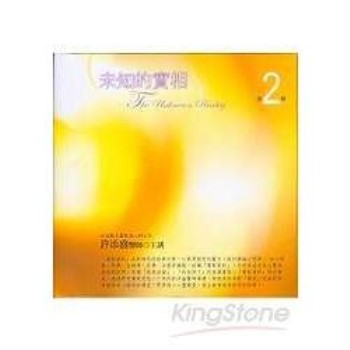Ty Cobb has reigned over baseball history as a titan of the game, and according to quotes repeated by Cobb’s biographers, he believed the name "Tyrus" to be unique to him. Was the name an invention of his father’s, meant to be a historical or Biblical reference of some kind? In this issue, Dr. William "Ron" Cobb debunks the spurious explanations given by previous chroniclers as to the origin of the name, and offers insight into Cobb family history.
ALSO IN THIS ISSUE:
"More Relief Pitchers Belong in the Hall of Fame: Which Ones?"
by Elaina and John Pakutka
Jane Forbes Clark, Chairman of the Board of Directors of The National Baseball Hall of Fame, reminds us each year on inudction day that the Hall contains the top 1% of major-league players. But that 1% is not evenly distributed across eras or positions. If the "best 1%" standard were applied to the subset of relief pitchers we study in this article, 20 to 30 of them would be in the Hall of Fame. Only nine have won induction. Relief pitchers generate about 10% of the total WAR each year, but constitute only 3% of Hall of Famers.
"Balancing Starter and Bullpen Workloads in a Seven-Game Postseason Series"
by David J. Gordon, MD, PhD
In general, the strategy of routinely removing a starting pitcher in the fifth or sixth inning when the batting order turns over for the third time may win some games by rescuing starters from the Third Time Through the Order Penalty (TTOP), but it leaves a shortfall of innings that must be covered in a seven-game series, leading to overexposure of a limited pool of relievers. The deleterious effect of repeatedly using relievers--an increase of as much as .076 in wOBA--substantially outweighs the effect the TTOP on starters (approximately a .030 increase in wOBA). Protecting starters from the significant but relatively small TTOP does no good if your best high-leverage relievers become fatigued and/or "old hat" to opposing hitters by the time they are needed in the deciding game of a seven-game series.
"Keith Hernandez and Cooperstown: A Data Synthesis and Visualization Project"
by Stephen D. Dertinger, PhD
Our player performance analyses provide interesting insights into Keith Hernandez’s Hall of Fame case. A key component of the ToxPi methodology involves synthesizing multiple, carefully chosen performance metrics into composite scores. Player performances are distilled into single values, while the associated visuals provide a clear indication of where they excelled (and where they did not). Hernandez’s ToxPi Profiles reveal defensive excellence both compared to his contemporaries and compared to Hall of Fame first basemen... [but also] make it clear that his offense also contributes to his Hall of Fame case. Whether considering traditional or advanced statistics, these analyses support the contention that Keith Hernandez belongs in Cooperstown.












